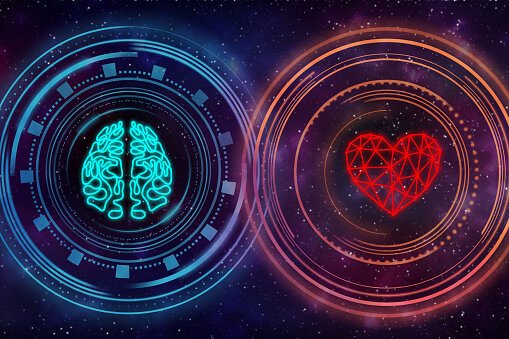EMDR Therapy and Ketamine-Assisted Therapy: A Powerful Partnership for Healing Trauma
Eye-Movement Desensitization and Reprocessing (EMDR) has emerged as a gold-standard therapy for trauma, transforming lives by helping individuals confront and process painful memories. For many, the therapy has unlocked emotional healing that was otherwise difficult to achieve. When combined with Ketamine-Assisted Therapy (KAT), EMDR becomes even more effective, reaching deep-seated trauma often stored in the mind and body. Here, we’ll dive into how these therapies work together, offering a powerful healing approach for those seeking lasting change.
What is EMDR Therapy?
Eye-Movement Desensitization and Reprocessing (EMDR) is a structured therapy that enables people to heal from the symptoms and emotional distress resulting from disturbing life experiences. Through a process involving guided eye movements and focus, EMDR helps individuals access and reprocess traumatic memories, effectively moving them from active, distressing states to integrated, long-term memory.
EMDR is particularly beneficial for individuals struggling with:
Trauma from accidents
Childhood adversity
Relationship-based betrayal or loss
Anxiety, depression, and PTSD
Emotional distress from military service or moral injury
With EMDR, clients systematically work through past experiences with the support of a trained therapist, building essential coping skills, developing resilience, and coming to a place of closure.
How EMDR Works in the Brain
The power of EMDR lies in its ability to process trauma at a neurological level. Trauma often activates the brain’s amygdala (the emotional response center) and keeps painful memories in an active, distressing state. EMDR helps these memories transition into long-term memory, reducing their emotional charge and impact. The brain’s natural healing processes are activated, allowing individuals to confront memories without overwhelming emotional pain.
Will EMDR make me forget these memories? No, EMDR does not erase memories. Instead, it helps diminish the intense emotional reaction attached to them, allowing you to remember without feeling as though you’re reliving them.
The Complementary Role of Ketamine-Assisted Therapy (KAT)
Ketamine-Assisted Therapy (KAT) brings a powerful complementary effect to EMDR. Ketamine, a legal and effective medication used for treatment-resistant depression and anxiety, can help access deeper emotional states that are otherwise challenging to reach with traditional talk therapy. When combined with EMDR, ketamine disrupts the Default Mode Network (DMN) in the brain, creating a unique opening to process trauma and reduce defensive barriers.
How KAT enhances EMDR:
Disrupts Rigid Thought Patterns: Ketamine’s impact on the DMN helps clients access trauma memories that may be blocked by defensive mental structures.
Facilitates Emotional Flexibility: Ketamine encourages psychological flexibility, which allows clients to face memories from a new perspective.
Deepens Somatic Healing: By disrupting trauma stored in both the mind and body, ketamine provides a more comprehensive approach to healing.
Who Can Benefit from EMDR and KAT?
This combined approach is ideal for individuals who have experienced:
Military-related trauma or moral injury
Prolonged emotional stress from past relationships
Persistent anxieties or unresolved traumas
Childhood trauma or neglect
Major life events that have created lasting emotional impact
This therapy combination offers a holistic approach to healing, integrating both body and mind.
How We Use EMDR and KAT Together in Therapy
Our sessions are structured to align with your unique challenges, goals, and level of comfort with these therapies. For clients with intense or deeply rooted trauma, we may start with gentle, low doses of ketamine to reduce emotional barriers. This gradual introduction allows for real-time EMDR work as memories arise, helping you access and process your experiences in the moment.
Is This Approach Right for You?
Choosing between these therapies or using them together depends on your personal journey and readiness. We take a collaborative, personalized approach to determine the best path for you. With EMDR and KAT, you’re not only addressing trauma but also building resilience and moving toward a balanced, fulfilling life.
If you’re ready to explore this path, contact us to schedule a consultation and take your first step toward healing and transformation.
